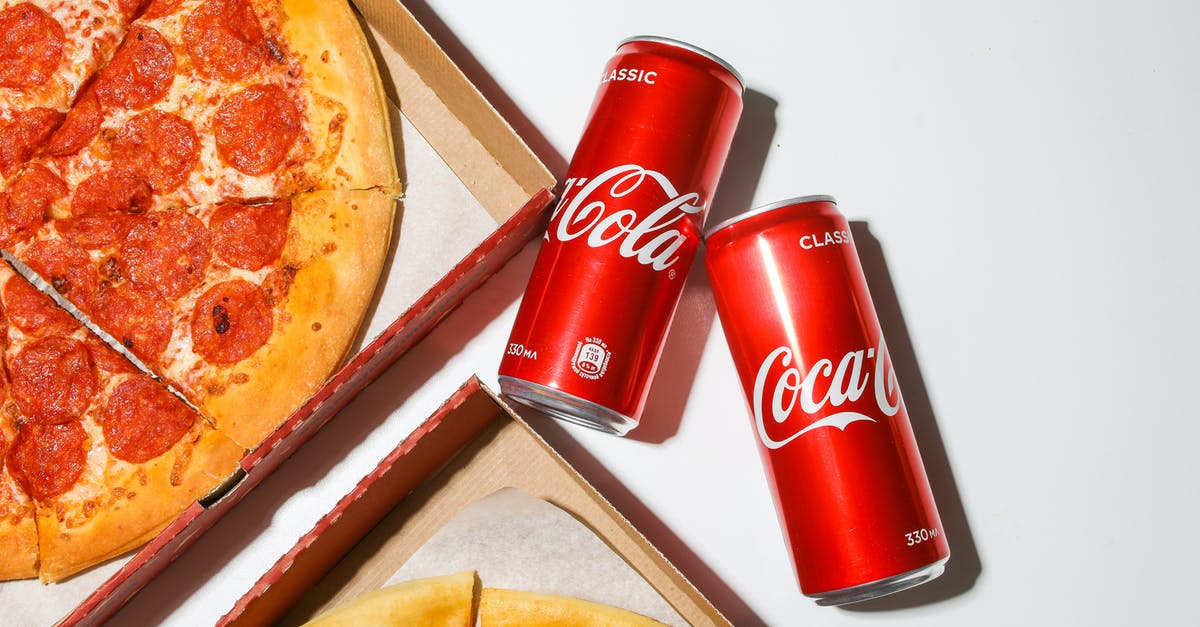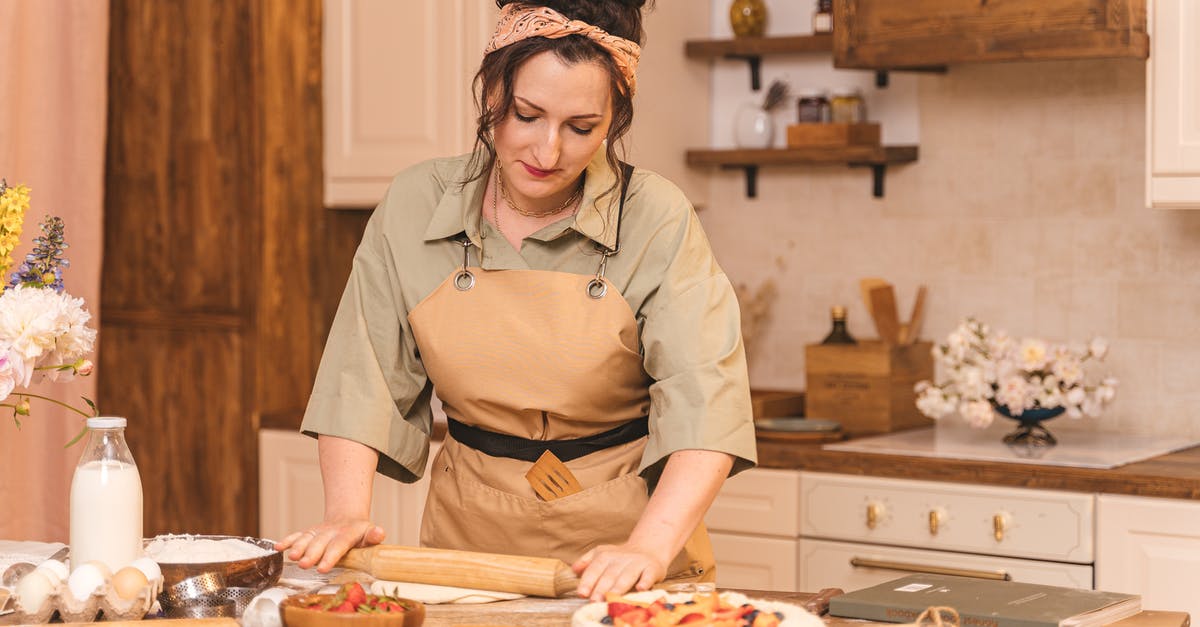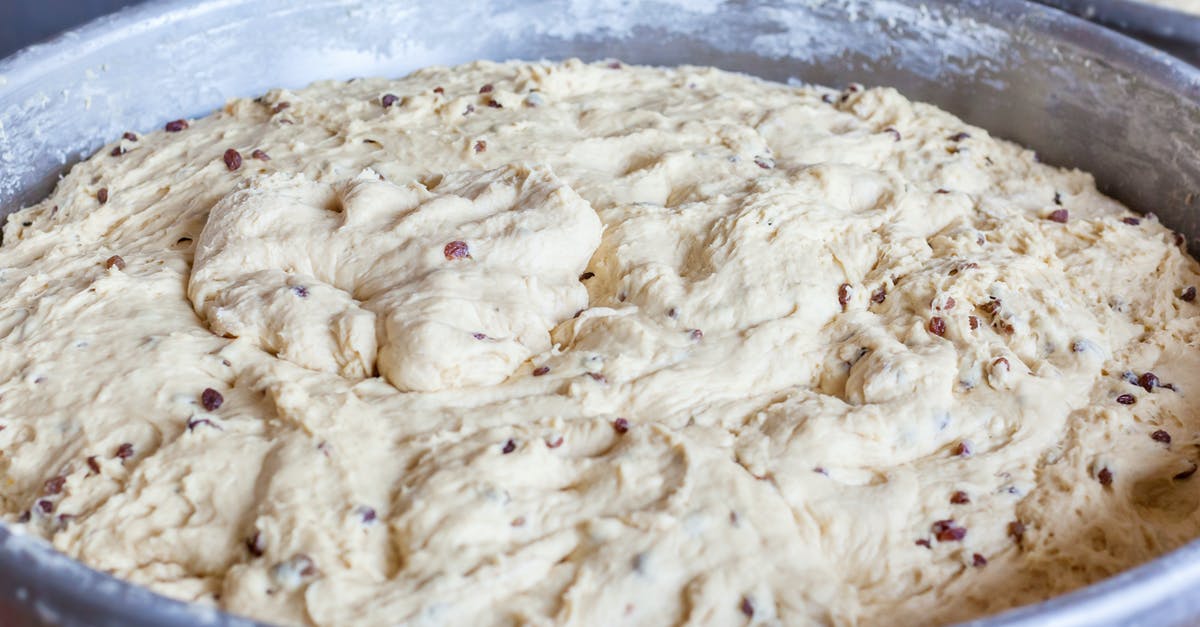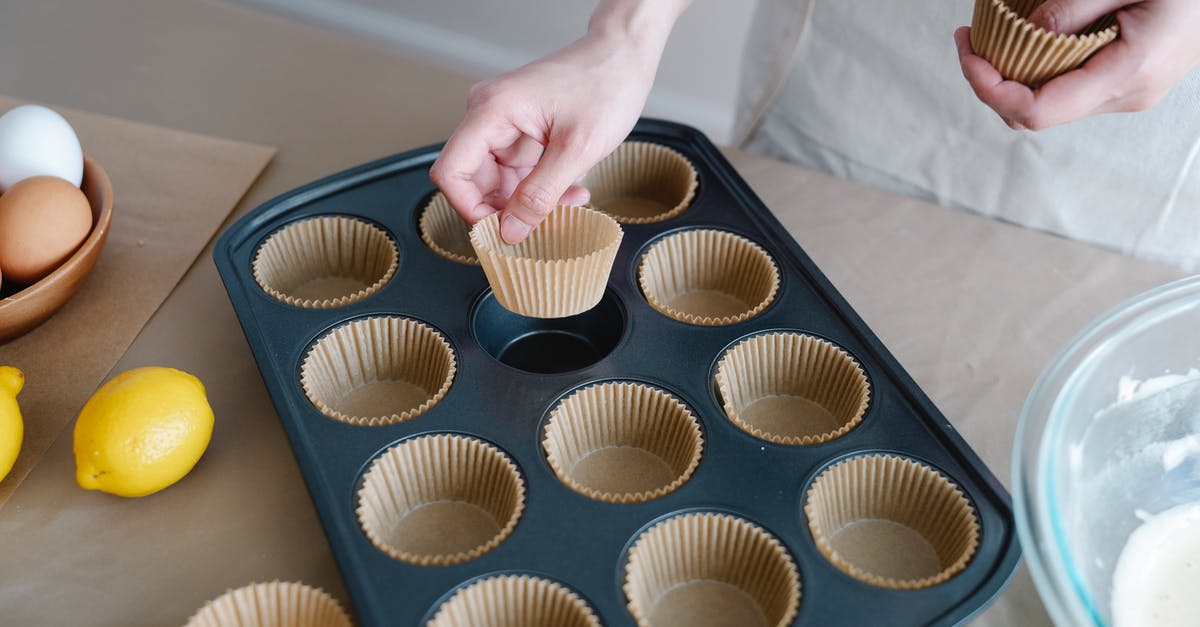Can over proofed dough be harmful to breathe in?

I work night shift in a bakery and the people before me always leave unused dough in the mixer. Who knows for how many hours, but during that same day. It's a dough made from dry yeast. One night I went to scrape it out and got a strong spoiled yeasty smell that came from it, almost knocking me to the floor. The other bakers said it was fine and that the dough is still usable for baking bread, but I'm not sure. Is leaving dough in a mixer for hours a health hazard? Does the smell indicate a health hazard?
Best Answer
.... There's no way to know for sure (since we can't test it) but it was probably CO2 (Carbon Dioxide)... Yeast creates CO2 when it converts sugars... that's how you can bottle carbonate beers.
The breaking down of sugars, or fermentation, produces alcohol and carbon dioxide as by-products. Fermentation turns fruit juices into wine and helps turn wort (diluted grain mash) into beer or whiskey. The carbon dioxide produced by fermentation makes the bubbles in beer and some kinds of wine, and causes bread to rise. As bread bakes, the alcohol produced by fermentation evaporates.
We brew beers and we've had our freezer, which we use for a fermentation fridge, fill with the gas when we're brewing and the fermenting overflows. When we have to get into the freezer to clean it out, we have to be really careful as the carbon dioxide is heavier than air, so it stays in the freezer for a while... the same thing would be true of your large, covered mixer bowls. It can make you light-headed because your brain is suffering from oxygen deficiency.
Here's the fact sheet on CO2inhalation:
- Inhalation: Low concentrations are not harmful. Higher concentrations can affect respiratory function and cause excitation followed by depression of the central nervous system. A high concentration can displace oxygen in the air. If less oxygen is available to breathe, symptoms such as rapid breathing, rapid heart rate, clumsiness, emotional upsets and fatigue can result. As less oxygen becomes available, nausea and vomiting, collapse, convulsions, coma and death can occur. Symptoms occur more quickly with physical effort. Lack of oxygen can cause permanent damage to organs including the brain and heart.
And, because it's a byproduct of the yeast activation, it can smell really strongly of yeast, and have a really off smell, despite the gas itself being odorless.
Pictures about "Can over proofed dough be harmful to breathe in?"



Quick Answer about "Can over proofed dough be harmful to breathe in?"
All harmless, but when dough proofs that long, it can get a skin with a lot of gas trapped under it and you can get quite a lungful. One small problem: CO2 is odorless.Can over proofed dough make you sick?
If you've over-proofed your bread and wondering if it is safe to eat, then the short answer is, YES! It is safe to eat over-proofed bread although it might contain a lot of alcohol!What happens if your dough over proofs?
An overproofed dough won't expand much during baking, and neither will an underproofed one. Overproofed doughs collapse due to a weakened gluten structure and excessive gas production, while underproofed doughs do not yet have quite enough carbon dioxide production to expand the dough significantly.Is it OK to breathe in yeast?
Fungi, including mold and yeast, reproduce through tiny spores that may travel through the air. People with allergies to these substances may develop respiratory symptoms when they inhale the spores. Symptoms of an allergy to inhaled yeast and mold spores may include: hives.What happens when you over ferment dough?
When your dough is over-fermented, the scores will not \u201copen up\u201d during baking but instead will flatten and melt into the dough. Scores don't really open up. The resulting bread will be flat and not have a good oven spring. The crumb can look dense and compressed, especially towards the bottom of the loaf.How to Know When Dough is Done Proofing: The Humble Poke Test
Sources: Stack Exchange - This article follows the attribution requirements of Stack Exchange and is licensed under CC BY-SA 3.0.
Images: Polina Tankilevitch, ANTONI SHKRABA production, Julia Filirovska, Felicity Tai
